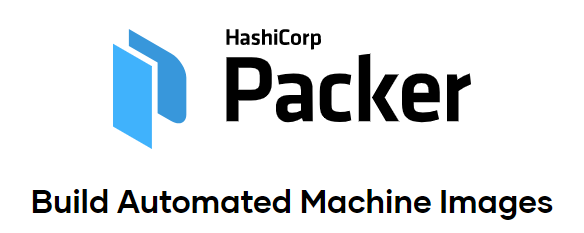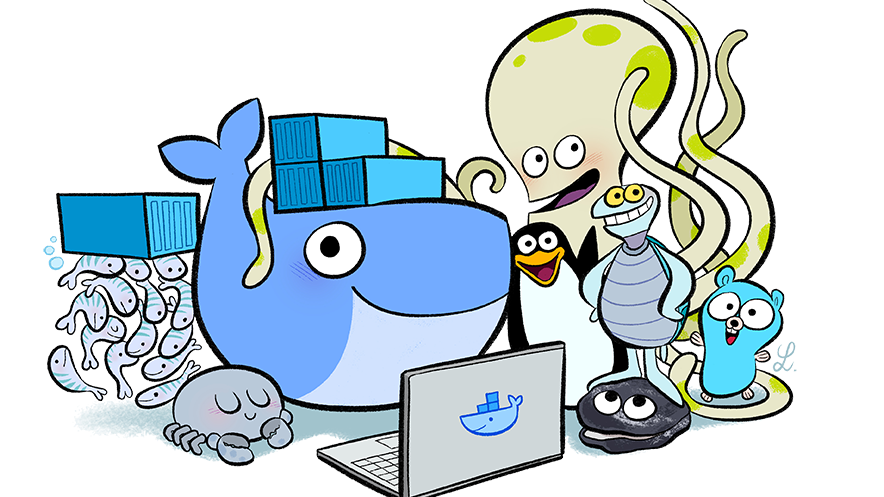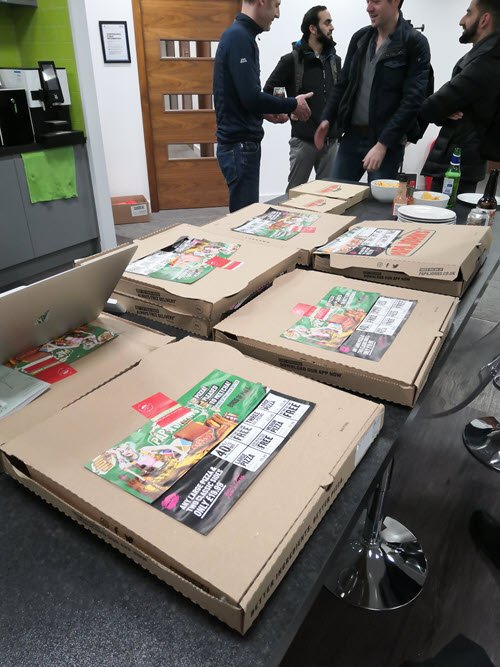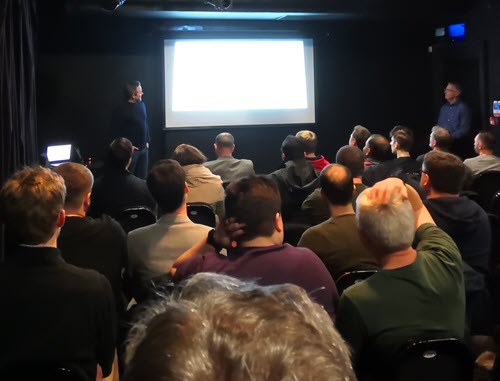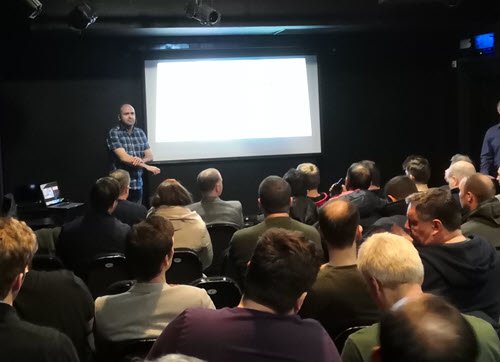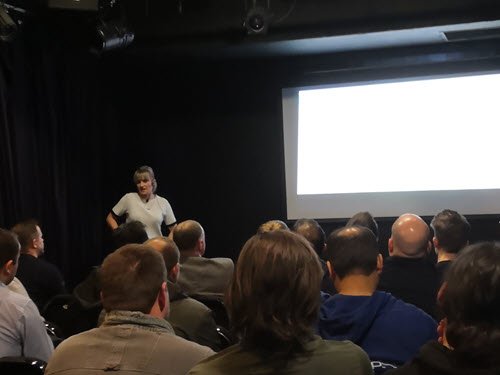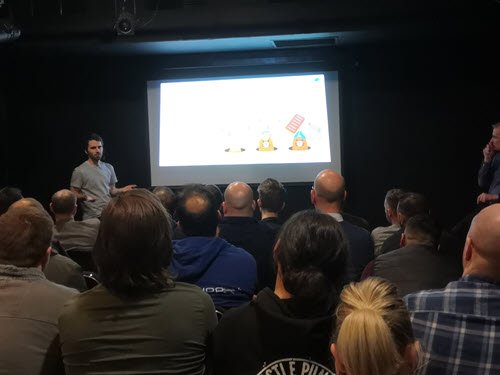I was on Twitter a couple of days ago and I mentioned my preference not to be recorded when I’m presenting. That sparked a few questions, so I said I would write a blog post about it. Here it is.
This is a bit of a stream of consciousness, so forgive me if I ramble.
The impact on me!
The primary reason I don’t like being recorded is it has a big impact on me.
I’ve said many times, presenting is not natural for me. I’m very nervous about doing it. I have to do a lot of preparation before an event to try to make it look casual, and almost conversational. It takes a rather large toll on me personally, invading every part of my life for weeks before it happens, and pretty much ruining the day(s) immediately before the event. In my head it’s going to be a complete disaster, and the public humiliation is going to be that much worse because I’m an Oracle ACE and Groundbreaker Ambassador, so I must clearly think I’m the shit, yet I can’t even present and don’t have a clue what I’m talking about. Classic impostor syndrome stuff.
That’s “normal” for me at conferences, which is why I nearly always get a post-conference crash, because of the relief it’s over. But it goes into overdrive if I know the session is going to be recorded, because in my head there will be a permanent record of my screw up.
I have been recorded before, but fortunately not on the sessions where I’ve screwed up… Yet… I don’t think… Recently I’ve decided that I will probably pull out of any event where I’m being recorded, as I can’t keep putting myself through that anymore.
There are other people that will happily fill the conference slot, so me not being there is no big deal.
Editorial control
When I write an article, I constantly go back and revisit things. If my opinion changes, I learn something new, or just don’t like the way I explained something I will rewrite it. I have full control of the content.
When I record a YouTube video I edit it, making sure it contains what I want it to contain. YouTube won’t let you do much in the way of editing a video once it’s posted, but you can make minor changes to the timeline. Even so, if something really annoyed me I could delete it, re-edit it and post it again. Yes I would lose all the views and comments, but ultimately I can do that if I want.
When a user group records a presentation, you no longer have any control of that content. If your opinion changes, or it contains some really dumb stuff, it is there for life. I know nothing is lost on the internet, but at least I should be able to control the “current version” of the content.
I very rarely write for other publications. I like to keep control of my content, so I can decide what to do with it. A lot of this is a throw-back to the previous point about my insecurities, but that’s how I feel about it, and why should I have to compromise about my content?
It’s my content!
Following on from the previous point, it is my content. I wrote it. I rehearsed it. I presented it. And most importantly, I wasn’t being paid to present it! Why should a user group now have control of that content?
Karen López (@datachick) recently posted a really interesting tweet.
“What would you think about an organization who held an event and you spoke at it for free. You signed an agreement to allow distribution to attendees, but they are now selling your content as part of a subscription that you are getting no compensation for?”
@datachick
I’m not saying this is what user groups are planning, but it’s certainly something some might try, now that times are getting harder than usual.
I’m sorry if this sounds really selfish, but I think I’m doing enough for the community and user groups, without giving them additional product to sell. I know a lot of user groups find finance difficult, but in the current online-model, the financial situation is very different. There aren’t any buildings to hire and people to feed.
The audience matters!
My presentation style varies depending on the audience.
If I present in the UK I tend to speak faster and swear a bit. Similar with Australia. When I present in other countries I tend to tone down my language, as some places are really uptight about expletives.
In some countries where English is a second or third language, I slow down a lot and remove some content from the session, because I know there will be a larger number of people who will struggle to keep up. Maybe I’ll miss out a couple of anecdotes, so I can speak more slowly. If there is live translation I have to go a lot slower.
I remember seeing one recording of me presenting with live translation and I sounded really odd, as I was having to present so slowly for the live translation to work. It was kind-of shocking for me to see it back, and I would prefer people not see that version of the talk, as it doesn’t represent me. It’s “adjusted me” to suit the circumstance.
Other things…
OK. Let’s assume other speakers are not self-obsessed control freaks like me for a second…
It’s possible some people would prefer to be selective about what gets recorded. For example, the first time I do a talk I really don’t know how it will turn out. That’s different to the 10th time I give the same talk. For a new talk I doubt I would feel happy about it being recorded, even if I were generally cool with the concept. I may feel better about recording a talk I have done a few times, having had time to adjust and improve it. I think of this like comedians, who go on tour and constantly change their material based on how it works with the audience. At the end of a tour they record their special, only using the best bits. Then it’s time to start preparing for the next tour. I suspect many comedians would be annoyed at being recorded on the first day of a tour. Same idea…
I think recording sessions could be off-putting for new speakers. When you are new to the game there is enough to worry about, without having to think about this too. Maybe other people aren’t as “sensitive” as me, but maybe they are.
I don’t like to be in pictures and videos. It’s just not my thing. I rarely put myself into my videos on YouTube. I’m sure there would be other speakers who would prefer to be judged by what they say, rather than how they look.
I used to be concerned that if someone recorded my session and put it on YouTube, nobody would come to my future sessions on the same subject. I actually don’t think this is a real problem. It seems the audience for blog posts, videos and conferences is still quite different. Yes, there is some crossover, but there is also a large group of people that gravitate to their preferred medium and stick with it.
But what about…
Look, I really do know what the counter arguments to this are.
- Some people can’t get to your session because of an agenda clash, and they would like to watch it later.
- This gives the user group members a resource they can look back at to remind themselves what you said.
- This is a resource for existing user group members who couldn’t make it to the event.
- For paid events, the attendees are paying money, so they have the right to have access to recordings. (but remember, the speakers are not being paid!)
I know all this and more. I am sorry if people don’t like my view on this. I really am, and I’m happy not to be selected to speak at an event. It really doesn’t bother me. Feel free to pick someone else that fits into your business model. That is fine by me. It really is.
Conclusion
Maybe I’m the only person that feels this way. Maybe other people feel the same, but don’t feel they have a loud enough voice to make a big deal out of it.
At the end of the day, it’s my content and I should have the right to decide if I’m happy about it being recorded or not. I believe conferences should make recording optional, and I’ll opt out. If people believe recording should be mandatory, that’s totally fine. It’s just unlikely I will be involved.
I’m sorry if you don’t like my opinion, but that’s how I feel at this point and it’s my choice. My attitude may change in future. It may not. Either way, it’s still my choice!
Cheers
Tim…
Update: This is not because of any recent conferences. Just thought I better add that in case someone thought it was. I’ve been asking events not to record me for a while now and it’s not been drama. In a recent message for a conference later in the year I was asked to explicitly confirm my acceptance of recording and publishing rights, which is why I mentioned it on Twitter, which then prompted the discussion. Sorry to any recent events if you thought you were the catalyst for this. You weren’t. Love you! 🙂
PS. I expected a lot more criticism, and I didn’t expect how many people would respond (through various channels) to say they also don’t like being recorded. It’s nice to know I’m not alone in my paranoia. 🙂


